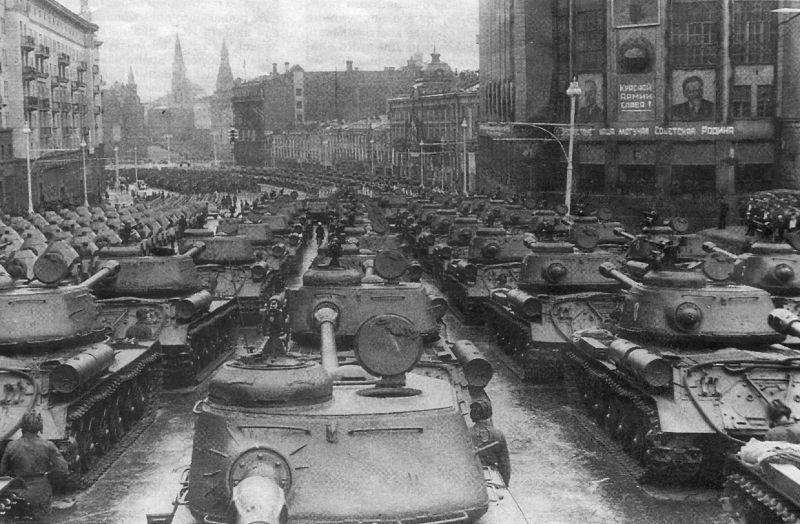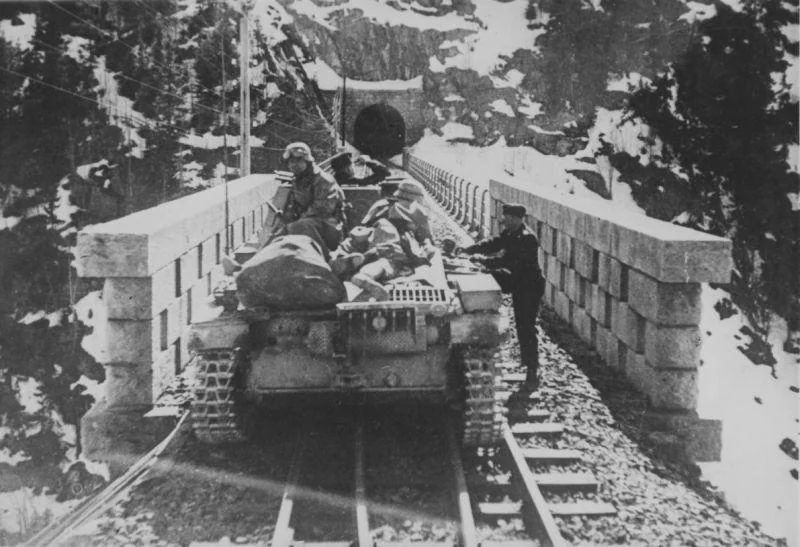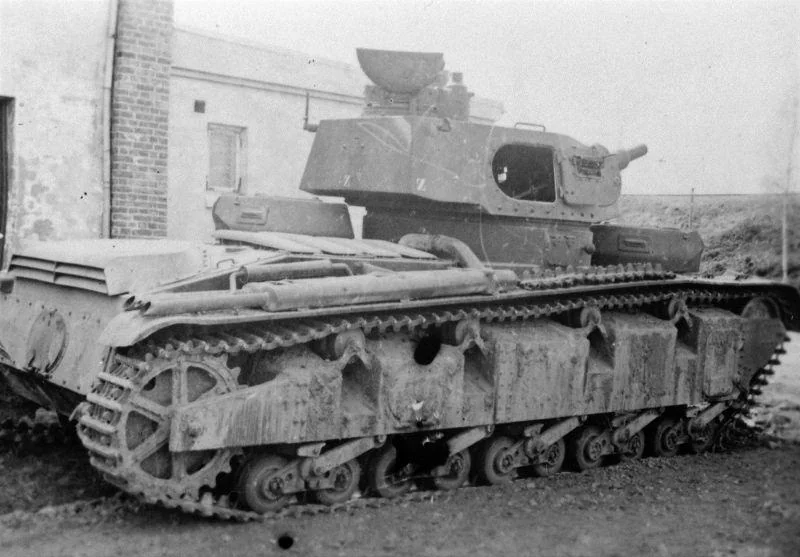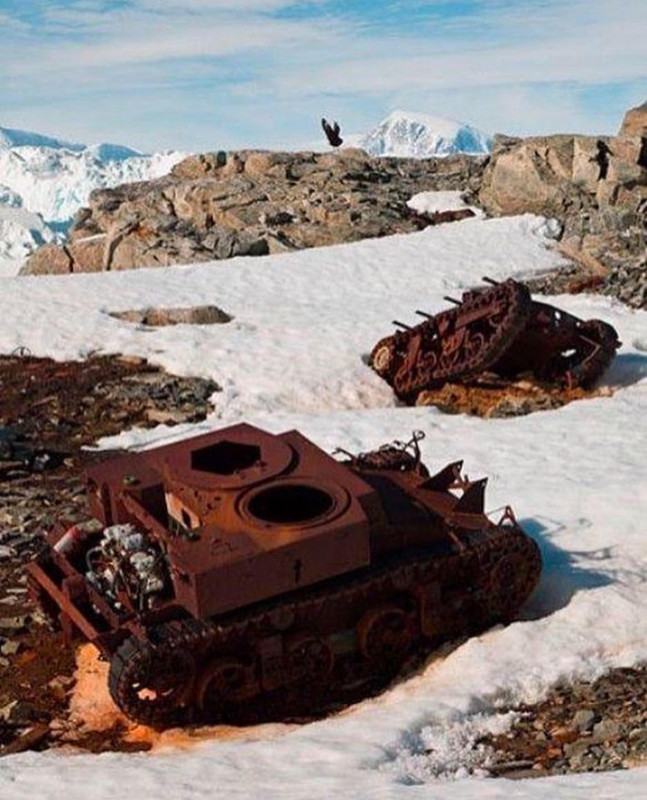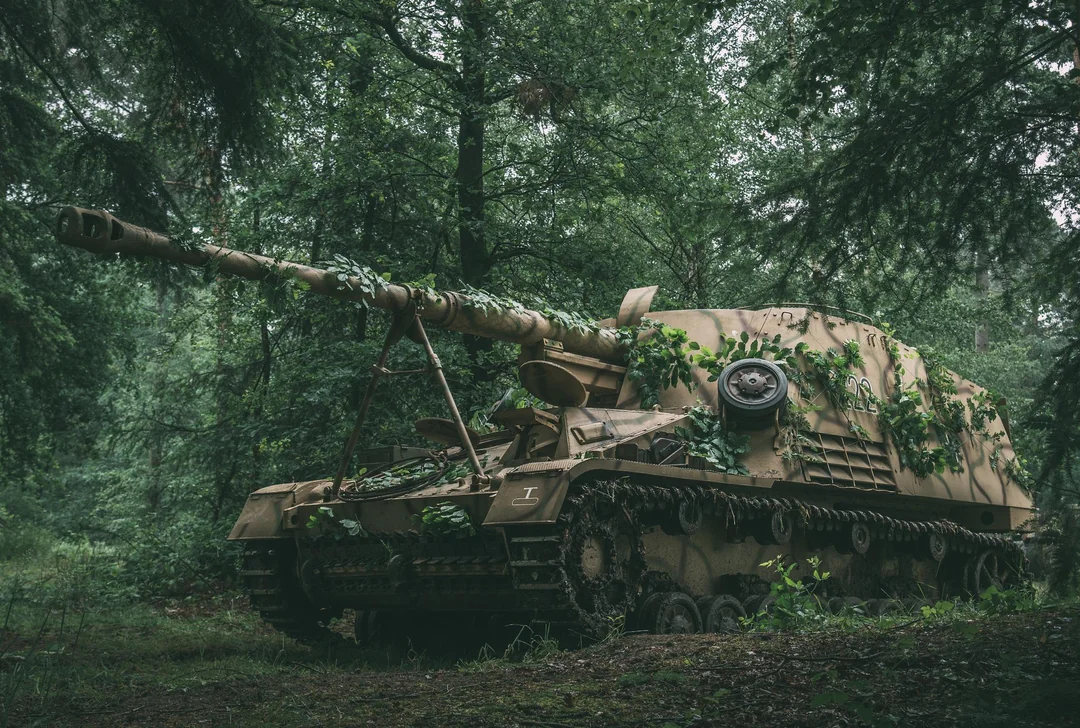Tudja valaki, hogy hàny munkaóra kellett egy Sherman ( vagy egy T-34 legyártàsához minden beszállitàst figyelembe véve.?
A Panzer 4 nél ez állitólag 15000 munkaóra volt.
hát nemtom, én ezt találtam.
Mondjuk maga az összeszerelés az patent: ha minden be volt készítve, stb, akkor a Shermant 1-3 óra alatt
össze lehetett pattintani.
There is some information out there on the internet on this. Some example numbers are:
Sherman : 48,000 man hours
T-34: 55,000 man hours
Tiger I: 300,000 man hours
Now these figures are probably guesses at best. Also, they do not specify any particular model or time period. For instance, the first few hundred tanks are going to cost more man hours to make simply because the work force isn’t up to speed with the design. Later models should be faster to build.
Also, the numbers don’t take into account circumstances. Some estimates have the T-34 as low as 10,000 hours which is most likely the absolute minimum time and was probably only achieved by the factories that were about to be overrun. Those tanks drove directly from the factory to the front line and were very hurriedly built, with sketchy welds, bad cuts and uneven paint (if they were even painted).

